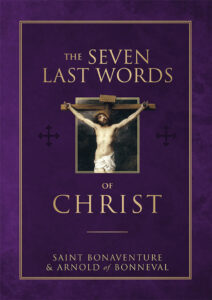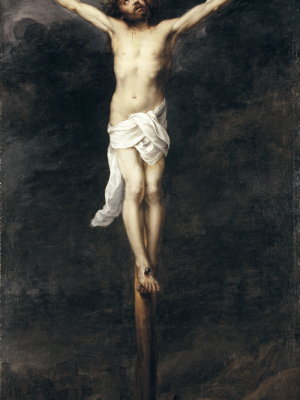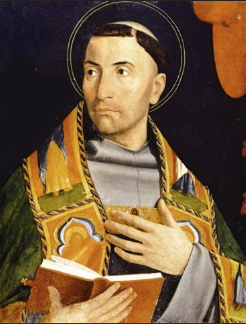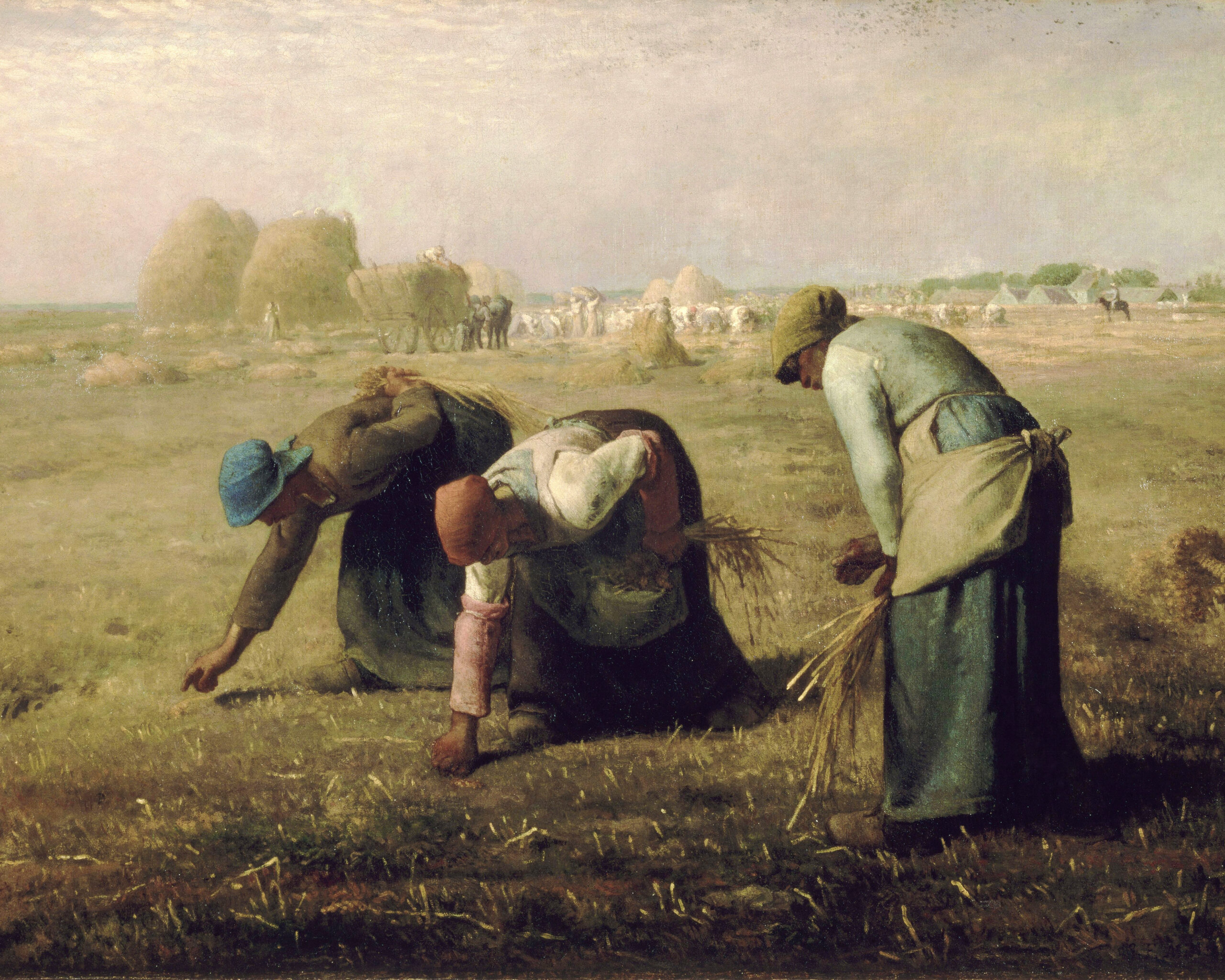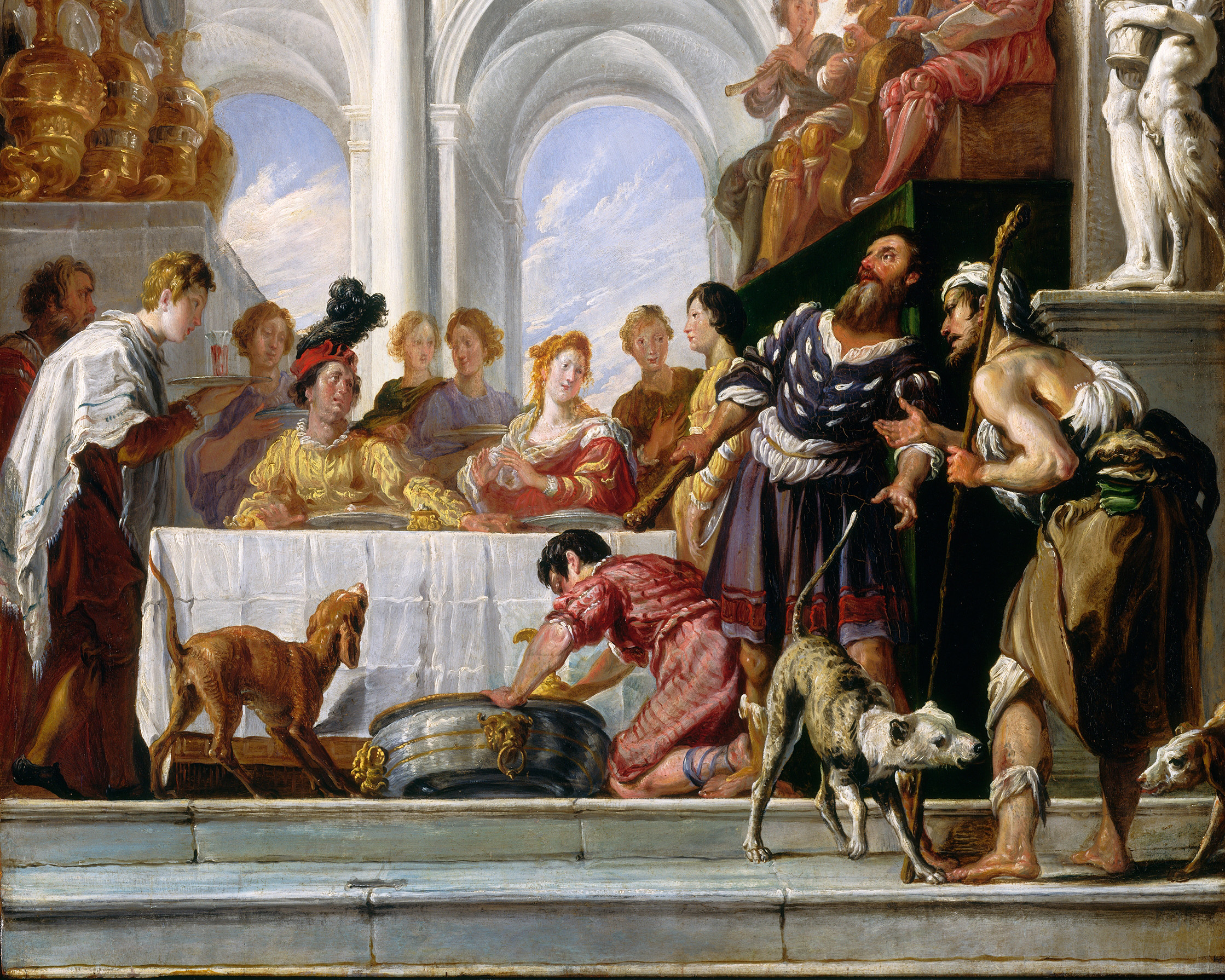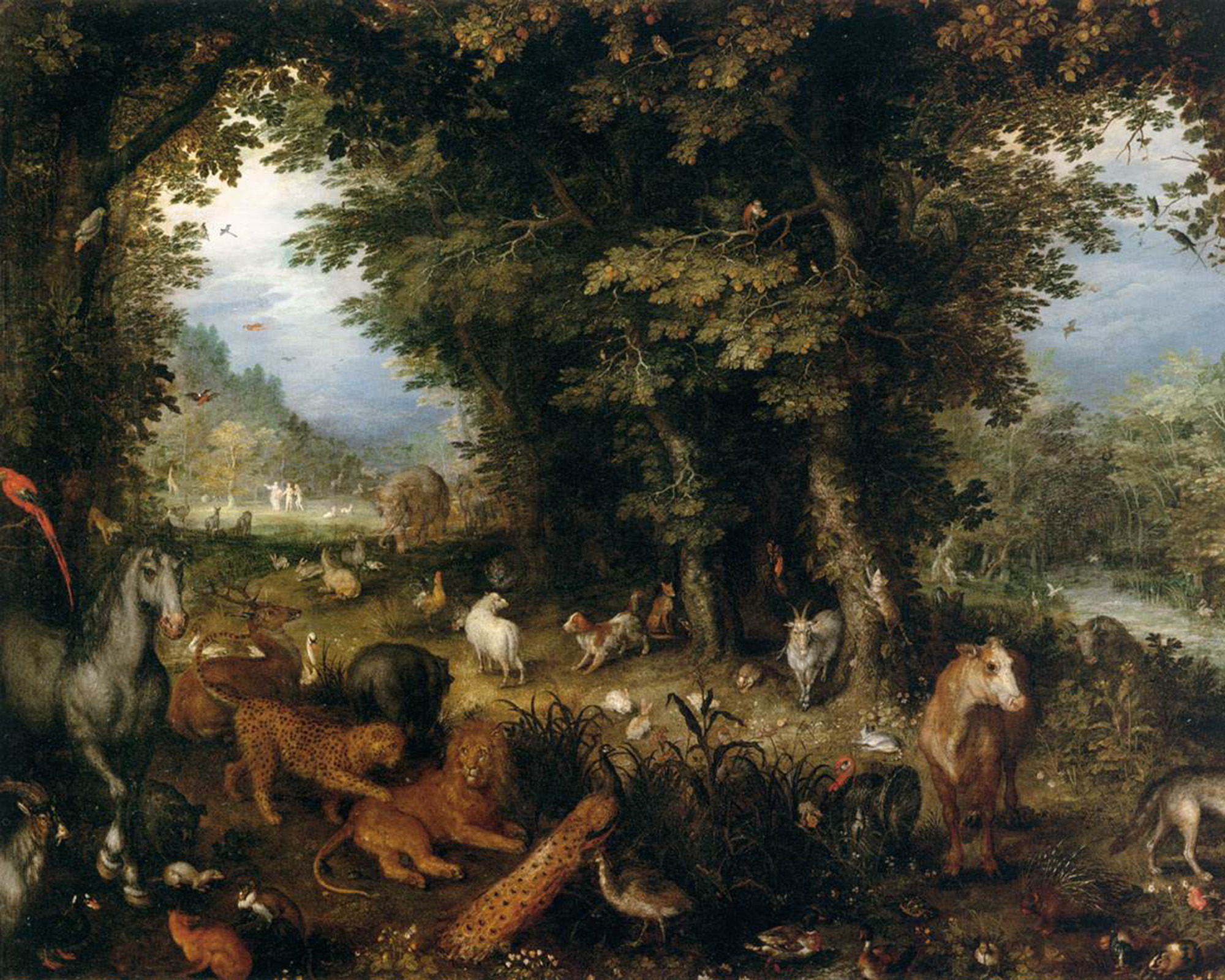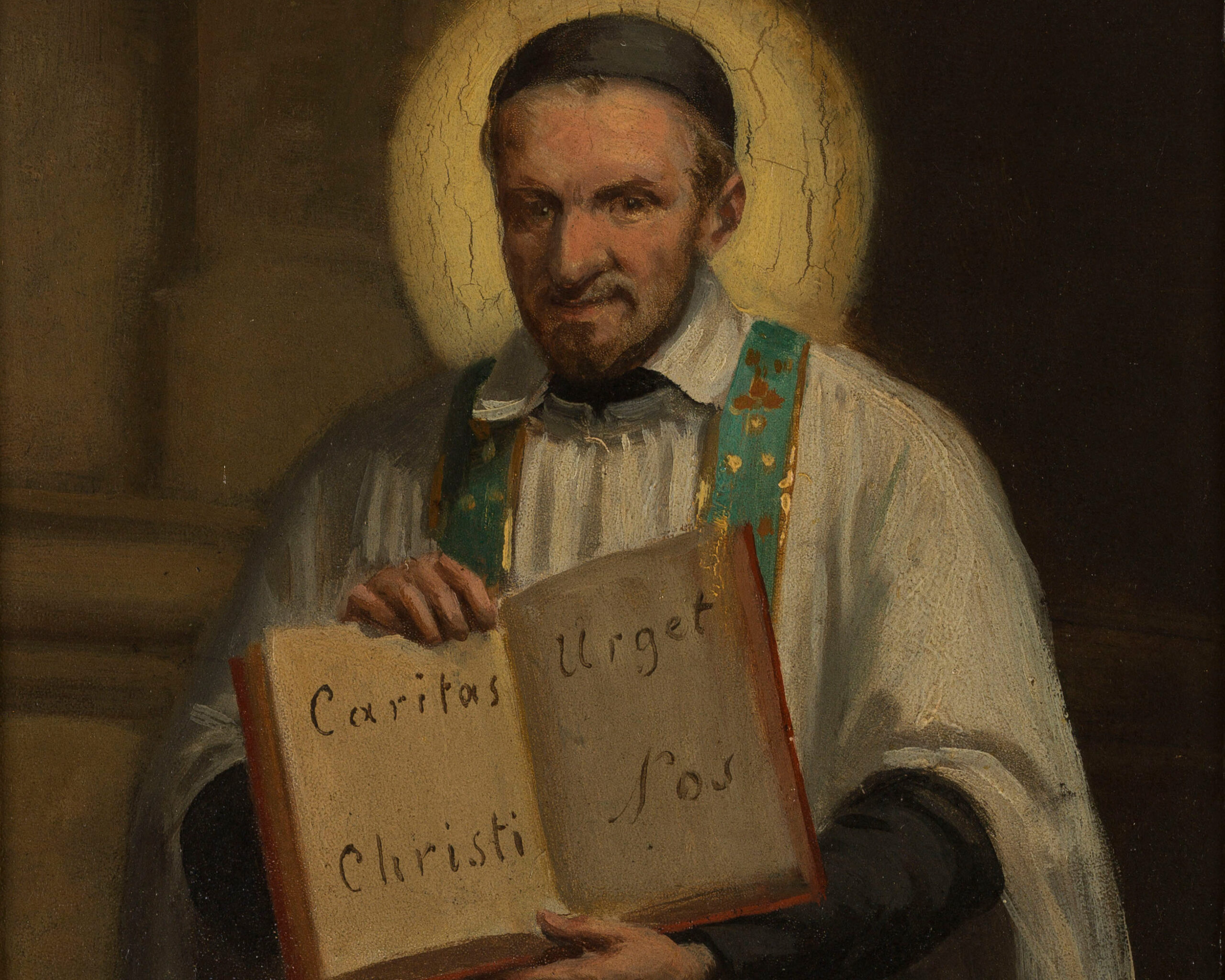O Jesus, You are the way that leads to heaven,
Our saving victim, our safest harbor,
The liberating truth, and the light which illuminates the darkened mind.
You are the joy of our life and the delight of our hearts!
As You reached the end-point of Your life,
And departed from this world to go forth and claim victory from Hades,
You wished to demonstrate to us all the way which we, too, must take.
You desired to instruct all human beings—
Creatures who are fashioned from the dust of the earth—
How we should accept death when it comes to us.
Accordingly, You commended Your own sacred spirit
Into the loving hands of the eternal Father.
This final commendation, though not without deep melancholy
And tinged with dolorous pangs of mourning,
Was made with perfect confidence and trust,
As You said:
“Father, into Thy hands I commend My spirit.”
With bowed head, fixed to the wood of the cross,
And Your body bruised and bloody,
You gave forth Your celestial spirit.
At this, all the earth, seeing Your death,
Trembled in awe and grief.
Rocks split asunder and tombs burst open.
There was a great earthquake,
And the veil of the temple was torn in two.
The moon fled and hid itself away,
While the golden sun grew dark.
The earth wept bitter tears, and all of creation mourned, saying:
“Lo, I am overcome with grief,
For I see my Creator and Lord to succumb to death!”
It is noteworthy that, of the seven pronouncements made by Our Lord Jesus Christ as He approached His death, the Gospel texts say that three of these were said “in a great voice.” The first was when He said, “Father, why hast Thou forsaken Me?” The second was, “It is consummated.” And the third occasion was when He said His very last words, “Father, into Thy hands I commend My spirit.”
We may perhaps wonder why Christ cried out in a loud voice in these instances at the end of His life. Would it not have sufficed to have spoken quietly, and only in the depths of His heart? Let us meditate briefly upon this mystery, for it is filled with deep significance.
In the Epistle to the Hebrews, Saint Paul notes that Our Lord “offered prayers and supplications with loud cries and tears.” In His tears the true humanity of Christ is revealed, and the genuineness of the sufferings which He endured is made manifest.
But in the loud cries He made, His divinity is clearly shown. Other human beings, when they are in the throes of death, are typically not able to articulate loudly or clearly, because of the failure of their strength and the diminishment of their vitality. But Christ, even in the moments of death, was able to cry out in a strong and resonant voice. By this, He showed the divine nature of the strength which He possessed. For, though really dying, He did not cease, even for a moment, to be King of kings and Lord of lords, at whose command the very universe trembles!
Just as a victorious warrior cries out when He has conquered His foes or put them to flight, even so did Jesus cry out strongly when He had defeated death and sin. Just so did He exclaim forcefully and vociferously as He seized the prize of human souls from the underworld, and deprived hell of its pillage. And such was the power of His divine voice that it echoed thunderously even in the shadowy halls of hell, and overpowered the deepest recesses of the fiery abyss!
Yes, His almighty voice was able to silence the clamor of all humanity’s sins and vices, and to still the tumult of our restless hearts. With immense authority, it invites the whole world to the embrace of His divinity. By crying out in a loud voice at the same moment when He was giving forth His spirit, Jesus revealed Himself to be the true high priest, supplicating upon our behalf, even as He offers Himself as the sacrifice of atonement.
This article is taken from a chapter in The Seven Last Words of Christ by St. Bonaventure and Arnold of Bonneval, which is available from TAN Books.
